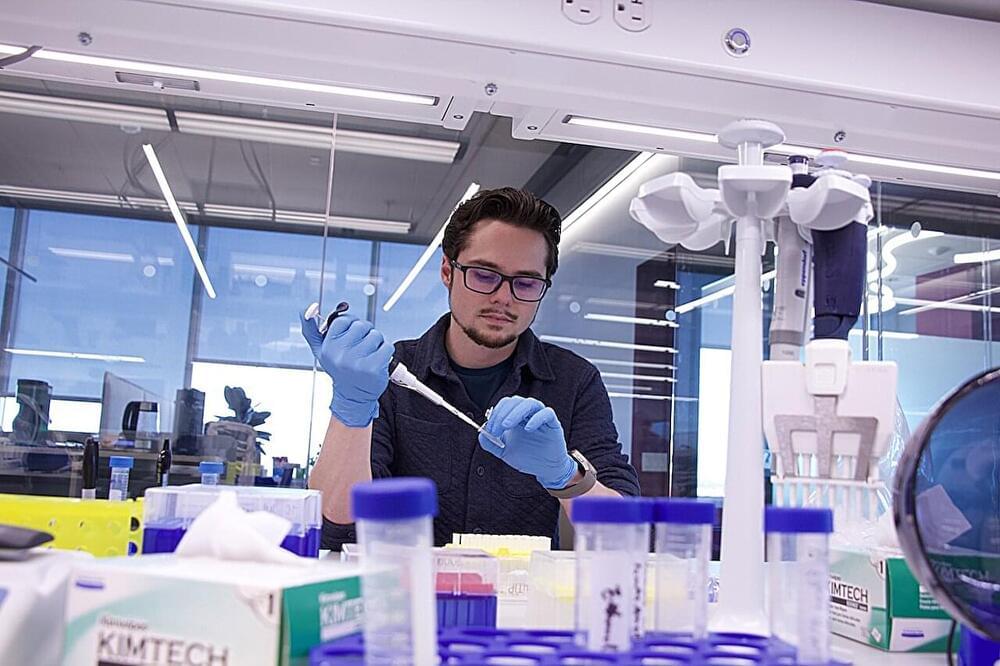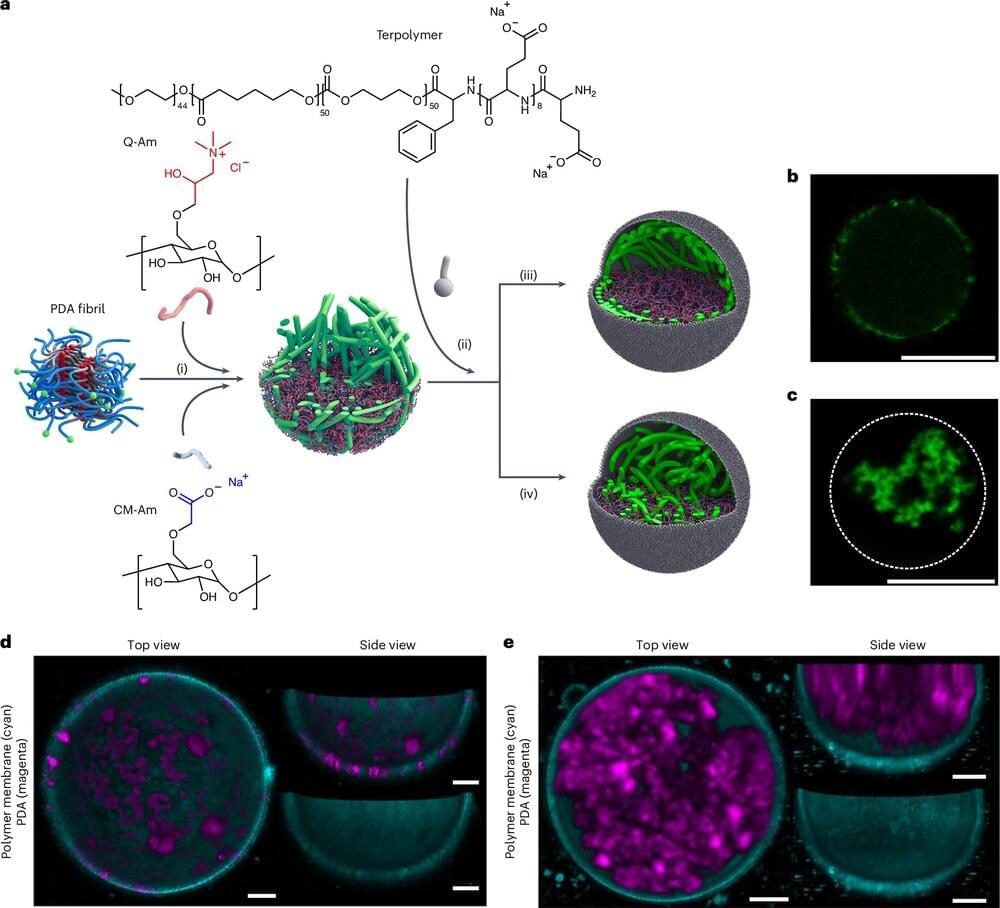The shape and morphology of a cell play a key role in the biological function. This corresponds to the principle of “form follows function,” which is common in modern fields of design and architecture. The transfer of this principle to artificial cells is a challenge in synthetic biology. Advances in DNA nanotechnology now offer promising solutions. They allow the creation of novel transport channels that are large enough to facilitate the passage of therapeutic proteins across cell membranes.
In this emerging field, Prof. Laura Na Liu, Director of the 2nd Physics Institute at the University of Stuttgart and Fellow at the Max Planck Institute for Solid State Research (MPI-FKF), has developed an innovative tool for controlling the shape and permeability of lipid membranes in synthetic cells. These membranes are made up of lipid bilayers that enclose an aqueous compartment and serve as simplified models of biological membranes. They are useful for studying membrane dynamics, protein interactions, and lipid behavior.
The work is published in Nature Materials.









